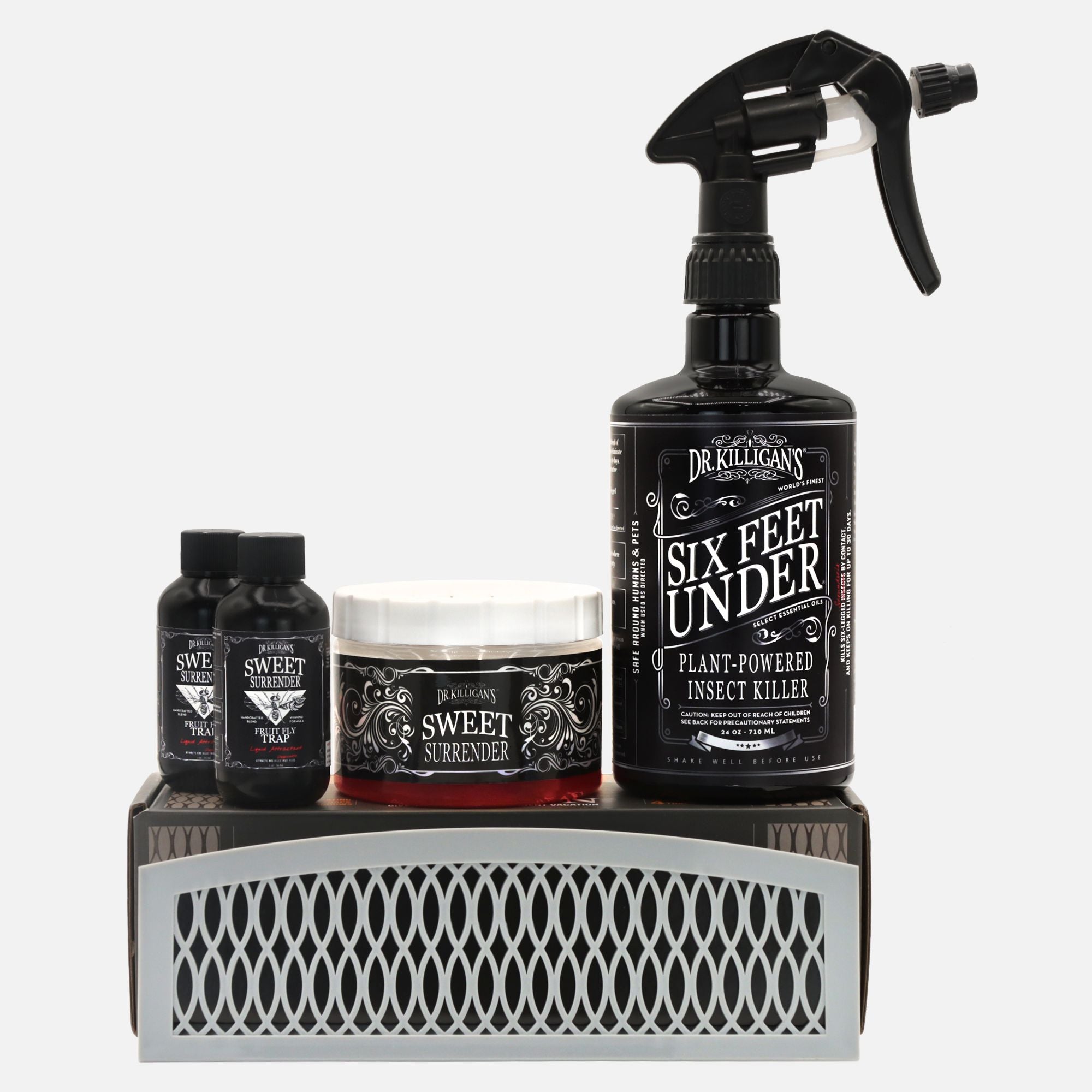Cockroaches are resilient creatures that belong to the insect order Blattodea, a group that has roamed the Earth for a very long time. Despite our efforts to eradicate them, they have proven, time and time again, to be formidable adversaries, their various species adapting, surviving and continuing to find nourishment in the face of our most determined efforts.
What do cockroaches eat?
These omnivorous scavengers have quite an appetite and will feast on a wide variety of delectable delights derived from the remnants of the living world. They are capable of devouring almost anything edible that crosses their path, from food scraps and crumbs to small leftover morsels. Roaches have a particular fondness for carbohydrates, such as sugars, starches and grains, and anything sweet, like syrup, fruits or sugary treats, will surely capture their attention.

But don't be fooled, my friend, for they are not picky eaters. Grease, oils, meats, vegetables and even decaying matter are all fair game for these resilient pests. And, I must say with regret, it doesn't stop there. From cardboard boxes and book bindings to wallpaper glue and stamps, nothing seems to escape their discerning palates. They take pleasure in the taste of leather, the richness of feces, the crunch of fingernails and the tangy flavor of toothpaste and soap. (Apologies for the details.) In their insatiable hunger, they will even devour their own cast-off skins and, dare I say, their fellow cockroaches. They have a very eclectic menu that showcases their remarkable adaptability and ingenious resourcefulness in the face of sustenance.
Do different cockroaches have different dietary preferences?
While most roaches are opportunistic feeders and quick to capitalize on whatever sustenance they can find, some types have more specific dietary preferences. For example:
German cockroaches (Blattella germanica): These roaches are commonly found in kitchens and prefer starchy and sugary foods. Crumbs, leftover food and spilled beverages are irresistible temptations for them.
American cockroaches (Periplaneta americana): These roaches are more versatile in their diet and can consume a variety of foods. They are known to eat both plant and animal matter, including decaying organic material, garbage and pet food.
Oriental cockroaches (Blatta orientalis): These roaches, also known as black cockroaches, have an affinity for damp environments. You'll often find them feasting on rotting vegetation and organic debris in basements and crawl spaces.
Brown-banded cockroaches (Supella longipalpa): These roaches have a preference for starchy foods and can often be found in areas where dry, processed foods are stored. They have a penchant for pantry staples and can happily make themselves at home in cabinets and pantries.
Who’s safe from the clutches of cockroaches?
The pursuit of a sanctuary untouched by the relentless grasp of cockroaches may feel elusive. While these tenacious creatures have the ability to infiltrate many spaces in your home, there are some places that are relatively safe from their reach and where they do not live. Cockroaches, you see, are particularly drawn to environments with ample food, water and shelter. Here are a few locations that tend to be less enticing for these persistent pests:

- Well-maintained and clean households: Regular cleaning and proper sanitation practices can significantly reduce the presence of food crumbs, spills and other enticing food sources that attract cockroaches. Keeping a tidy living space and promptly addressing any potential food or water sources can make your home less appealing to these unwanted guests.
- Sealed food storage: Storing food in airtight containers and properly sealing pantry items can create a formidable barrier against cockroach infiltration. By denying them access to readily available food sources, you make it more challenging for them to establish a foothold.
- Regular maintenance and repairs: Ensuring that your home is free of cracks, gaps and crevices can minimize the entry points for roaches. Seal any potential entryways, such as gaps around pipes, windows and doors, to create a less inviting environment.
- Dr. Killigan’s Non-Toxic Pest Control Solutions: An infestation does not need to be persistent or severe to take steps today. Combat your roach population, whether minute or explosive, and eliminate these resilient pests yourself with Dust to Dust.
How do I use Dust to Dust to get rid of roaches?
To effectively use Dust to Dust to get rid of roaches forever, one must target areas where roaches are likely to travel and hide. These include:

- Cracks and crevices: Apply Dust to Dust along cracks and crevices in walls, baseboards and floors where roaches may enter or hide.
- Entry points: Puff Dust to Dust near doors, windows and any other potential entry points for roaches.
- Kitchen cabinets: Disperse Dust to Dust in the corners and crevices of kitchen cabinets, especially near areas where food is stored.
- Under appliances: Apply Dust to Dust underneath appliances such as refrigerators, stoves and dishwashers where roaches often hide.
- Bathroom areas: Puff Dust to Dust near sinks, toilets and drains, as roaches are attracted to moisture.
- Dark and hidden areas: Apply Dust to Dust in dark and hidden areas such as behind furniture, in crawl spaces and in storage areas.
- Garbage and recycling bins: Disperse Dust to Dust around garbage and recycling bins to deter roaches from accessing these food sources.
To provide an effective distribution of Dust to Dust and minimize potential messes, consider using the Insect Buster, the most efficient powder dispersal tool on the market.
In addition, remember that reapplication is key. Monitor the areas where Dust to Dust has been applied and reapply as necessary. Heavy rainfalls outside or heavy foot traffic indoors can be cause for reapplication. This product tends to stand out so it is relatively easy to see where it is and isn’t.




















